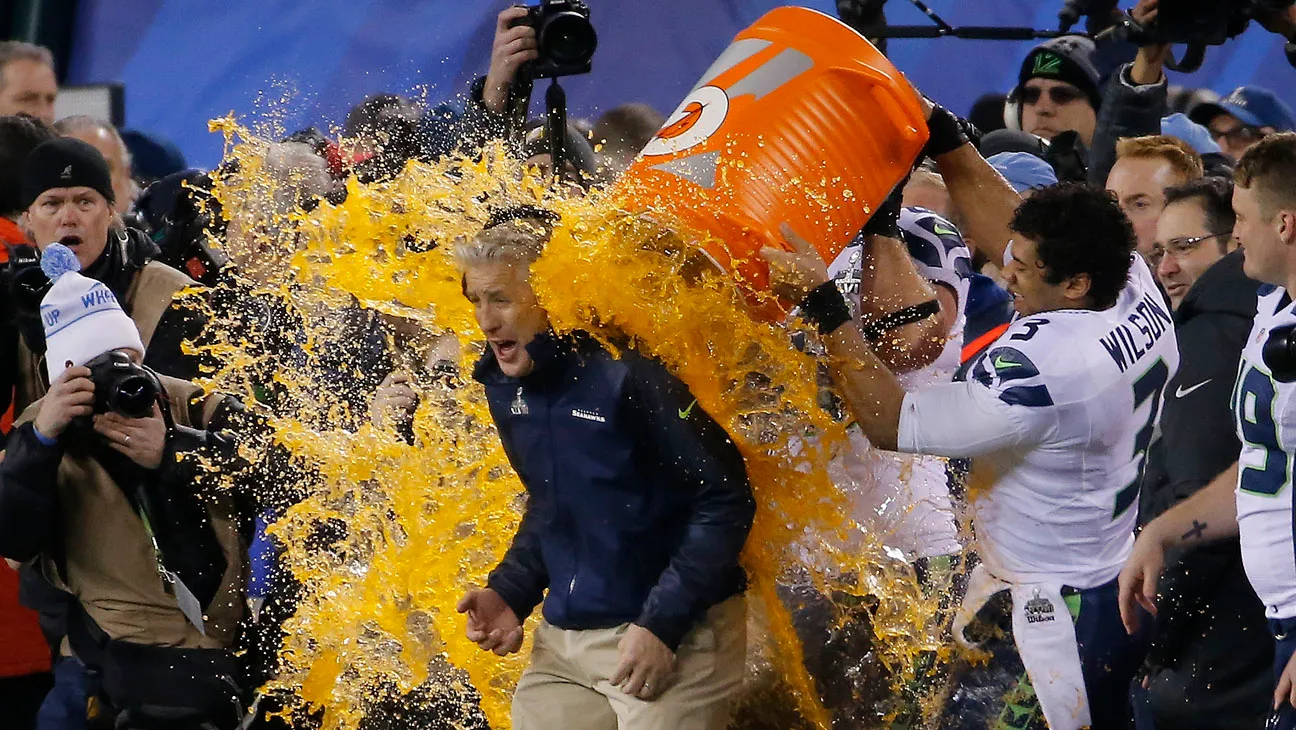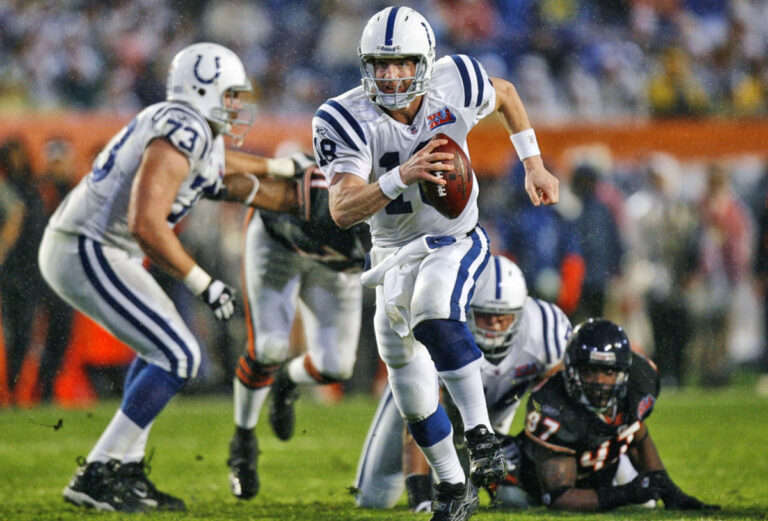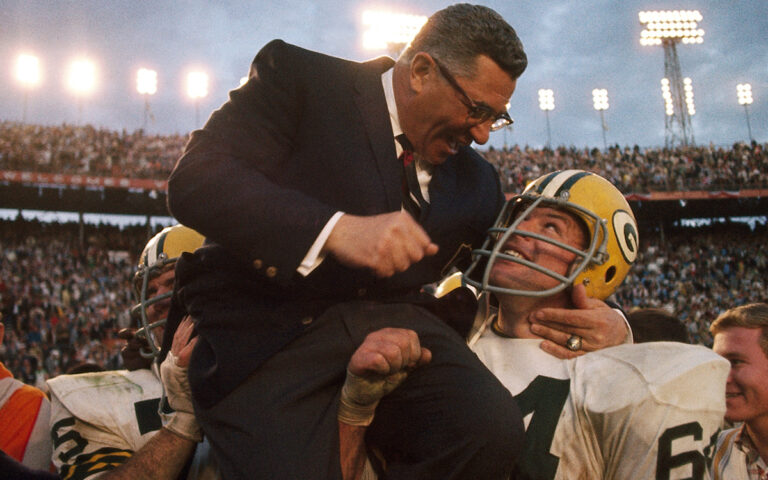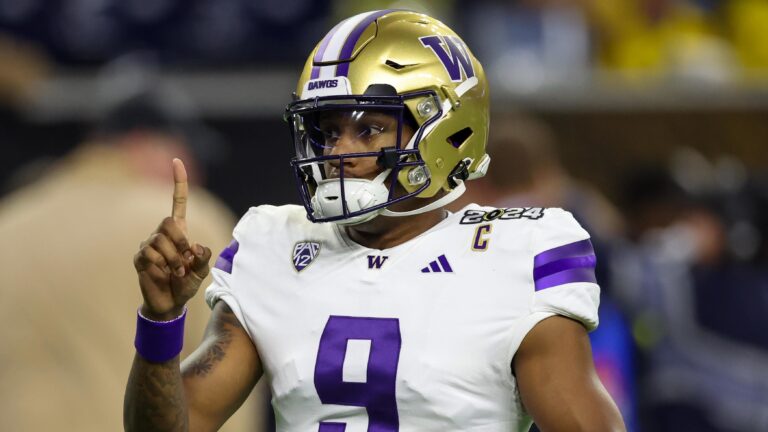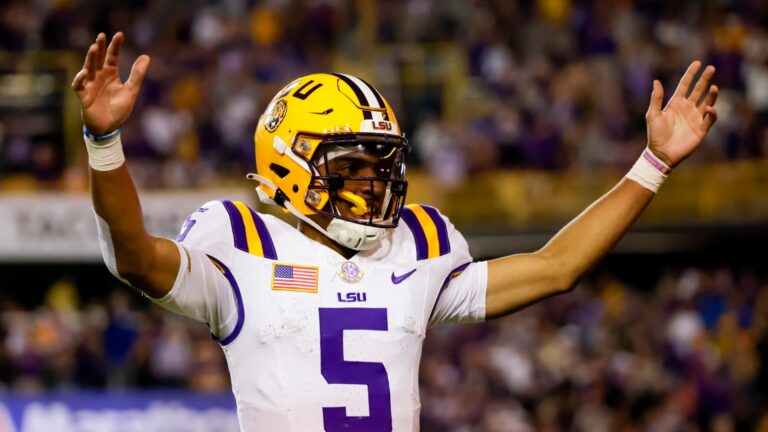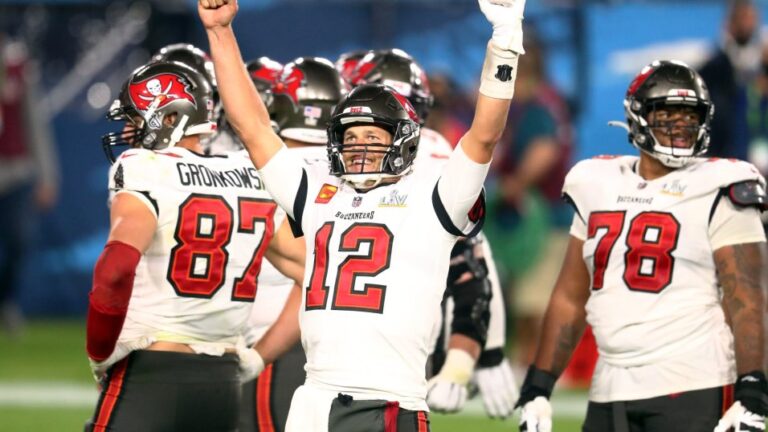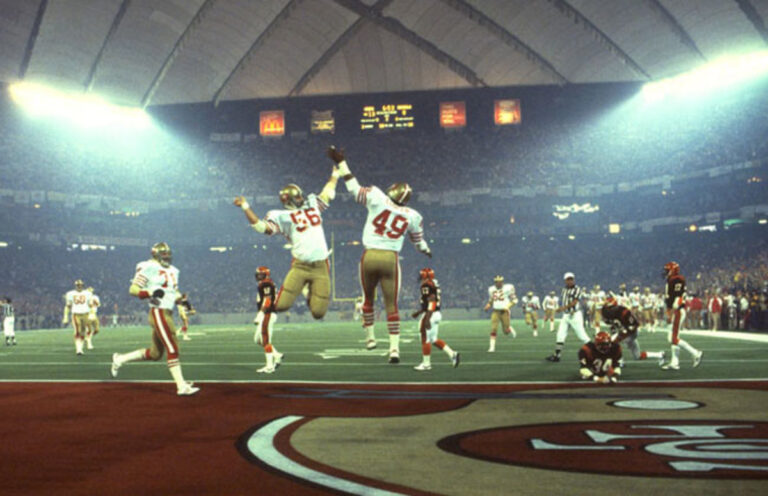Super Bowl XLVIII: Seahawks’ Dominance, Manning’s Mismatch, and the MetLife Massacre
Introduction:
Super Bowl XLVIII, held on February 2, 2014, at MetLife Stadium in East Rutherford, New Jersey, wasn’t just a championship game; it was a spectacle of contrasts. The matchup between the Seattle Seahawks and the Denver Broncos brought together the league’s top defense and the most prolific offense in a showdown that would be remembered for the Seahawks’ dominance, Peyton Manning’s struggles, and the sheer intensity of the MetLife Massacre. In this blog post, we delve into the narrative of Super Bowl XLVIII, exploring the dynamics of the game, the clash of styles, and the moments that defined this unforgettable championship bout.
The Context:
Super Bowl XLVIII was a meeting of two powerhouse teams with distinct strengths. The Seattle Seahawks, led by their formidable defense under head coach Pete Carroll, faced off against the Denver Broncos, guided by the legendary Peyton Manning and his record-setting offense orchestrated by offensive coordinator Adam Gase.
The Teams and Players:
The Seahawks boasted the “Legion of Boom,” a defensive unit characterized by the dominant secondary duo of Richard Sherman and Earl Thomas. On the other side, the Broncos featured Peyton Manning, who had just completed a historic regular season with 55 touchdown passes and 5,477 passing yards, earning him the league MVP award.
The Game Unfolds:
Super Bowl XLVIII started with a bang for the Seahawks, as their defense set the tone early. On the very first play from scrimmage, Broncos center Manny Ramirez snapped the ball over Peyton Manning’s head, resulting in a safety and a 2-0 lead for Seattle. This turned out to be a harbinger of the struggles the Broncos would face throughout the game.
The Seahawks’ defense stifled Manning and the Broncos’ high-powered offense, intercepting Manning twice and forcing two fumbles. Meanwhile, the Seahawks’ offense, led by quarterback Russell Wilson, efficiently capitalized on the Broncos’ mistakes. The game turned into a one-sided affair, with the Seahawks securing a resounding 43-8 victory, marking their first-ever Super Bowl title.
Seahawks’ Dominance – The Legion of Boom’s Showcase:
Super Bowl XLVIII was a defensive masterpiece by the Seattle Seahawks, particularly the “Legion of Boom.” The secondary, led by outspoken cornerback Richard Sherman, safety Earl Thomas, and the hard-hitting Kam Chancellor, showcased its prowess by effectively neutralizing Peyton Manning’s passing game.
Sherman’s interception in the first half, combined with Chancellor’s impactful hits and Thomas’ ball-hawking skills, demonstrated the Seahawks’ defensive dominance. The Legion of Boom’s performance became a blueprint for future defenses, emphasizing the importance of physicality, speed, and ball awareness in neutralizing even the most prolific offenses.
Peyton Manning’s Mismatch – A Future Hall of Famer Struggles:
Super Bowl XLVIII was a stark reminder that even future Hall of Famers can have off days. Peyton Manning, despite his record-breaking regular season, found himself overwhelmed by the Seahawks’ defense. The relentless pass rush, led by defensive end Cliff Avril and linebacker Malcolm Smith, disrupted Manning’s timing and forced him into uncharacteristic mistakes.
Manning’s struggles were epitomized by two interceptions and a fumble, including Smith’s 69-yard pick-six that widened the gap in the score. The game became a rare instance where Manning, known for his football IQ and precise passing, was rendered ineffective against a relentless defensive onslaught.
MetLife Massacre – The Unforgiving Elements:
Super Bowl XLVIII had the distinction of being the first outdoor, cold-weather Super Bowl held in a northern state. The MetLife Massacre, as it came to be known, featured chilly temperatures, brisk winds, and even a brief snow shower during the game. These unforgiving elements added an additional layer of complexity to an already intense matchup.
The weather conditions seemed to favor the Seahawks, known for their physical style of play, while presenting challenges for Manning and the precision-focused Broncos. The MetLife Massacre highlighted the unpredictable nature of outdoor, cold-weather championship games and added a unique dimension to Super Bowl XLVIII’s legacy.
Halftime Show and Cultural Impact:
Super Bowl XLVIII’s halftime show featured an electrifying performance by Bruno Mars, with a surprise appearance by the Red Hot Chili Peppers. Mars’ energetic showmanship and musical talent resonated with audiences, contributing to the overall cultural impact of the Super Bowl.
Mars’ halftime performance, with its blend of pop, rock, and funk, added a dynamic and entertaining element to the championship spectacle, appealing to a diverse audience.
Conclusion:
Super Bowl XLVIII remains an iconic chapter in NFL history, defined by the Seahawks’ defensive dominance, Peyton Manning’s mismatch, and the MetLife Massacre. The game showcased the importance of a well-rounded team, where a suffocating defense could dismantle even the most prolific offense. Super Bowl XLVIII served as a reminder that, in the unpredictable world of football, the clash of styles and the elements can significantly influence the outcome of the grandest stage.

